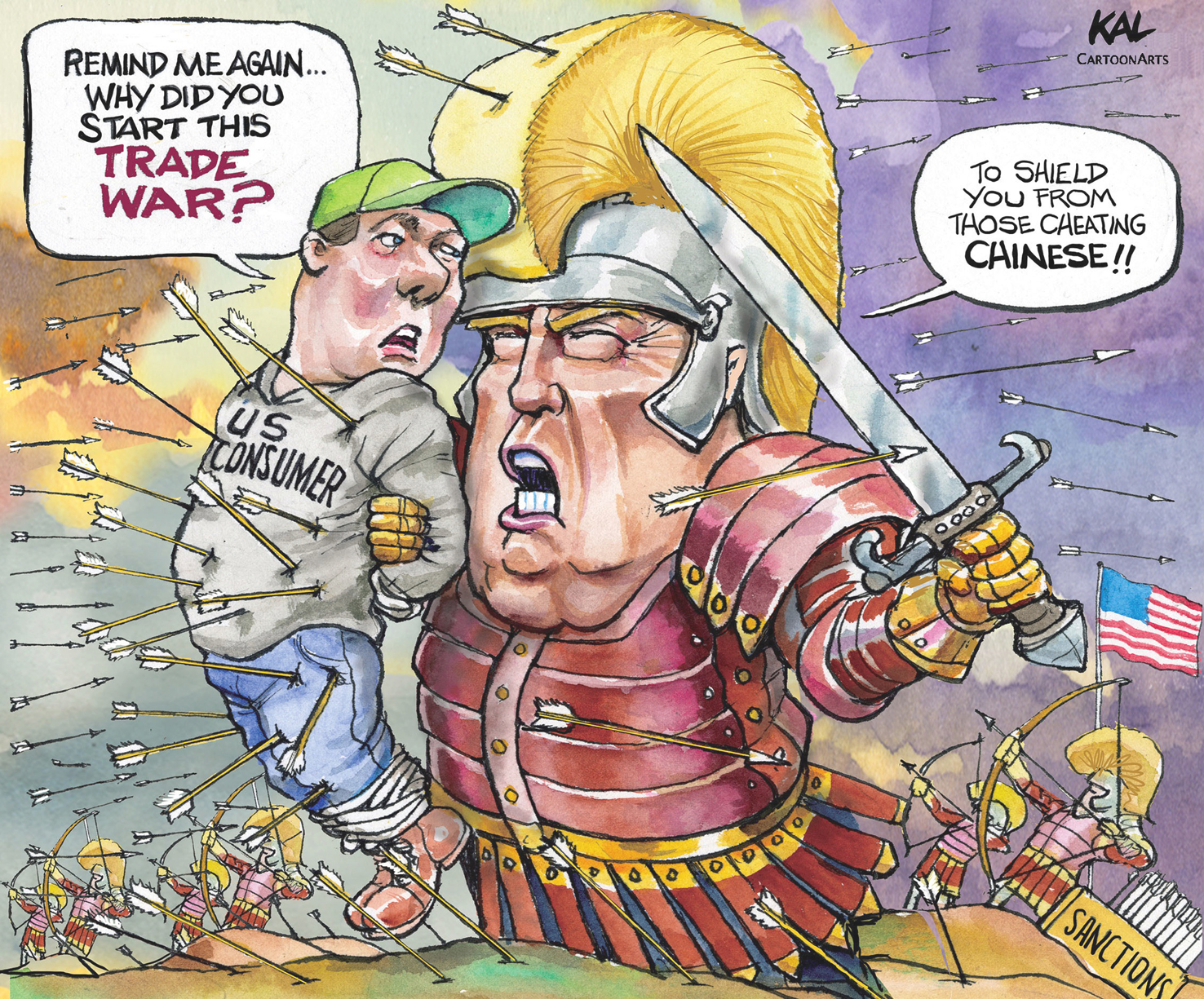U.S. President Donald Trump's unconventional bilateral approach has a multilateral impact. His administration is simultaneously engaged in various key bilateral negotiations, which impact each other due to interrelated geopolitical dynamics. Developments in one sphere can influence others and alter U.S. strategic leverage. For example, if a U.S.-China trade deal can be concluded, greater cooperation on North Korea would be possible. The purpose of this emerging "unconventional multilateralism" is to challenge China's neocolonial approach.
By raising tariffs on $200 billion of Chinese goods, Trump changed the dynamics of the U.S.-China trade negotiations. China's retaliation on imports from the United States also illustrates the shift in direction. But it is important to recognize that this does not mean a deal is impossible, or even unlikely.
After U.S. Trade Representative Robert Lighthizer's last meeting with Chinese Vice Premier Liu He on May 10, there will be seven weeks until the next scheduled U.S.-China meeting, which will occur between Trump and Xi on the sidelines of the Group of 20 summit in Osaka. However, both the U.S. and China have recently stated that Lighthizer may go to Beijing before then.



















With your current subscription plan you can comment on stories. However, before writing your first comment, please create a display name in the Profile section of your subscriber account page.